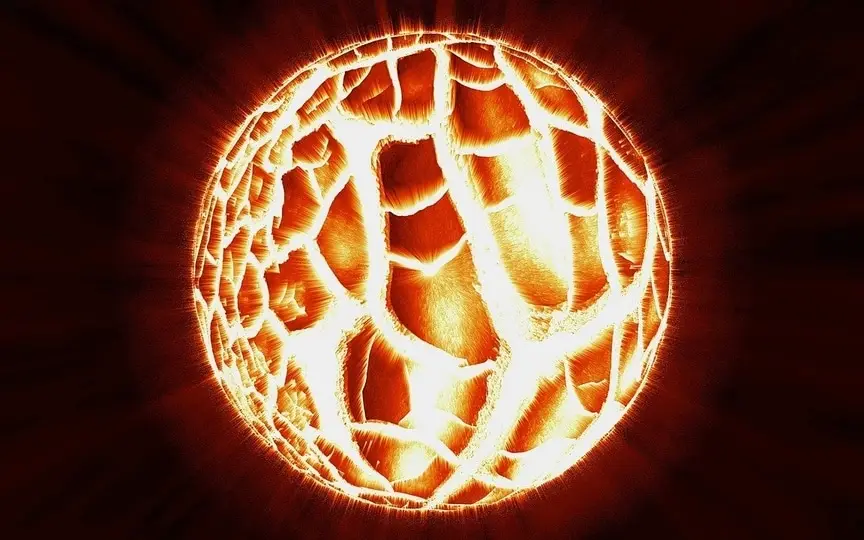Solar Flare Causes Blackouts as CME Misses Earth
The Earth experienced a frightening 24 hours as predictions of a powerful solar storm suggested that a highly charged cannibal CME might hit the planet on August 9. However, it appears that the CME narrowly missed Earth, leaving scientists to speculate on whether it was delayed. Investigations are ongoing. Unfortunately, there is also concerning news as an X1-class solar flare occurred on August 8, causing a blackout in deep shortwave radio communication over the Pacific Ocean. This has raised concerns about the possibility of another CME heading towards Earth.
A cannibal CME may have missed Earth, according to a report by SpaceWeather.com. It said: “It was never expected to be a direct hit. NOAA models suggested that only the flank of the CME might graze the Earth’s magnetic field, so a miss is not a surprise. A late arrival is also possible.” As a result, a small solar storm will still be observed on August 9, although any CME activity is unlikely.
An X1 class solar cut raises solar storm fears
Now moving on to the second incident, in the late hours of August 7/early August 8, the outgoing sunspot AR3386 exploded one last time, setting off a massive X1-class solar flare observed by NASA’s Solar Dynamics Observatory. Extreme ultraviolet radiation caused a deep shortwave radio blackout in the Pacific Ocean and much of the United States and Canada. To make matters worse, a powerful CME was also seen fleeing the eruption area. Although the original forecast claims that the trajectory is outside the Earth’s strike zone, we won’t know until the coming days.
Given the magnitude of the CME, if it hits Earth, it could lead to a G2-G3 geomagnetic storm. Such a storm can damage small satellites, affect mobile networks and GPS, and even pose a threat to ground-based electronics and power grids by vastly increasing the magnetic potential.
What does NOAA’s DSCOVR satellite do?
NOAA monitors solar storms and the Sun’s behavior with its DSCOVR satellite, launched in 2016. The returned data is then run through the Space Weather Prediction Center and the final analysis is done. Different measurements are made of the temperature, speed, density, degree of orientation and frequency of solar particles.




